The excitement of becoming a homeowner can often fade when you consider the daunting task of saving enough money to afford your new home, let alone save money for a house fast.
The best way to save money for a house fast starts by knowing how much you can afford to save and spend. Then, you would create a budget that accounts for your savings. You can also find ways to save extra money by doing odd jobs, reducing expenses, and selling items you no longer use.
This article will look at ten best ways to save money for a house fast. In addition to the tips, we’ll also explain how to implement them into your daily life so you can see maximum savings in a short time.
Figure Up Down Payment
When you’re trying to save money for a house fast, you first have to figure out how much you need to save up. Most people put away enough money to cover a down payment. That is one of the first steps to getting a mortgage loan for a house.
20% Down Payment
The costs can vary depending on your credit score, income, and if you qualify for specific loan types. Most lenders recommend 20% of the value of your home.
With this amount, you won’t have to pay for private mortgage insurance (PMI), which covers your loan if you default on payments. If you have to get PMI, you will have a higher monthly payment.
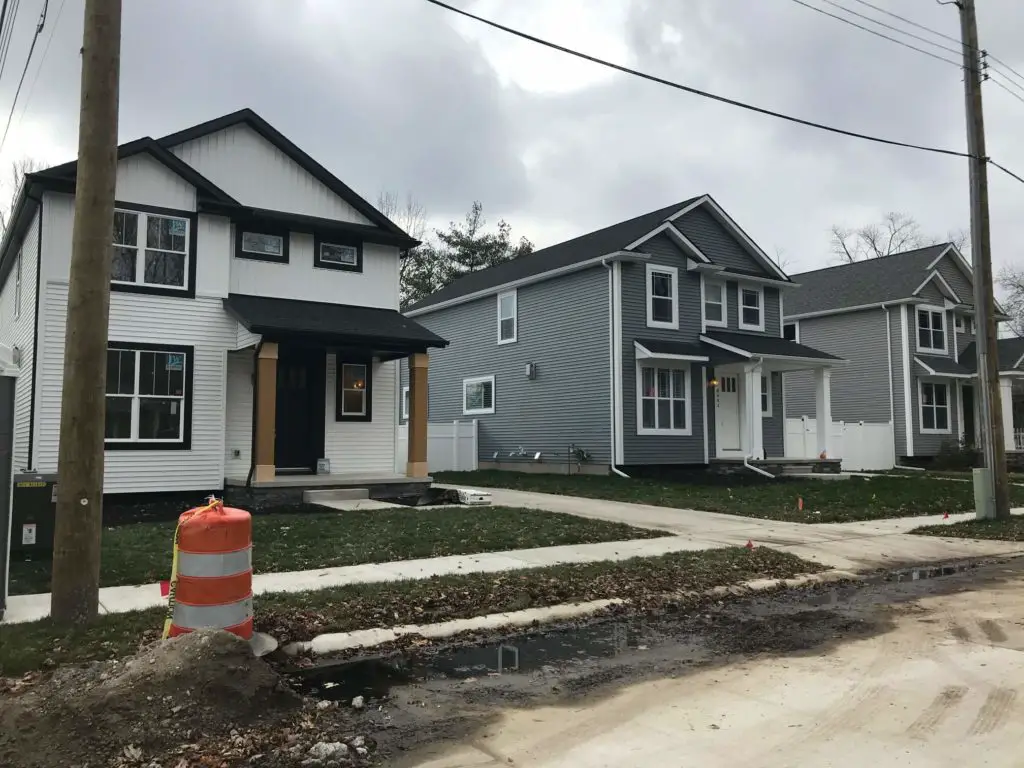
And you will have a lower interest rate, which will save you money in the long run. And the money you spend will become instant equity for your home, raising the value. You’ll also get a lower monthly payment with more money used for a down payment.
Decide if moving back in with parents to save for a house is worth it to you. By living short-term with parents, you may be able to save for a 20% down payment faster.
Less Than 20% Down Payment
Although a 20% down payment is not as much of a requirement in today’s economy. In some situations, you can get conventional loans with 10% or 3% down.
For first time home buyers, you can qualify for little to no down payments. But you’ll still need money to cover other expenses such as closing costs, loan origination fees, real estate broker fees, and insurance. Apply for these loans through the Federal Housing Administration (FHA).
Loans like the US Department of Agriculture or Veteran’s Administration can also qualify for zero percent down for a home. But you have to meet specific criteria to apply for these loans, so they will not work for everyone.
Your credit score will also play a factor in the percent down you’ll need. You may have to use specific mortgage lenders that specialize in low credit. With a FICO score of 500, you can put down 10%. With a score above 580, you may get as low as a 3.5% rate.
If you are worried about your credit score, look into if you can get a mortgage loan from a foreign bank as their requirements differ.
Determine How Much You Can Afford
Before you decide on a mortgage, you need to figure up how much money you can afford on a new home, including how much you can spend on monthly payments based off of income.
You may be wondering can I afford a house on 40k a year?
The rule of thumb is that your mortgage should not be more than 28% of the gross income – how much you bring home before taxes.
And the total cost of your housing payments, including mortgage, property taxes, insurance, and PMI – if applicable – should not be more than 32%.
Your total debt, all of your bills, including current housing, credit card balances, loans, and vehicles, should not exceed 40% of your gross monthly income.
If you have bad credit, be sure to improve your credit score before you apply for your mortgage.
Set Goals
After you’ve figured out how much you can afford, you can move to the next step. Before you can start saving money for a house fast, you need to set goals to figure out how much money you need to put aside. Be sure to use a personal finance flowchart to help determine and prioritize your goals.
How much you need to save will depend on your financing terms. Most mortgages expect you to put 10% to 20% of your total home value as a down payment. However, there are loans you can apply for that have a lower down payment need.
If you can meet the 20% quota, you won’t have to pay for private mortgage insurance (PMI). But if you have to get PMI, you’ll have extra fees on your monthly payment, meaning more money out of your pocket.
Once you’ve decided how much money you’ll need to save, it’s time to set goals for how long you have to do it.
Depending on your financial situation and how much money you need to save, it could take you anywhere from six months to a few years to save enough money to buy a house. But we’ve got some of the best ways to save money for a house fast so you can speed up the process.
Create a Budget
The quickest way to save money for a house fast is to create a budget and live by it faithfully. A budget helps you track your expenses and reduce excessive spending so you can save more money quicker.
For a budget to work, you have to know three values:
- Your expenses (how much money you spend each month)
- Your net-income (how much income you bring home after taxes)
- The difference between these two values (your leftover money that can go into savings)
To figure out your budget, sit down with your financial records. Write down all of your monthly expenses. You want to separate these into two categories.
First, you need your essentials. These are the bills that you must pay first, without exception. Most of your necessary accounts are fixed expenses, so they’ll be the same price or slightly fluctuate throughout the year. Your necessities include:
- Shelter (rent or mortgage/insurance)
- Vehicle (monthly payments, insurance, gas)
- Utilities
- Groceries
- Loans
Next, you’ll want to figure up the costs of your non-essential expenses. These are items that you don’t need but you desire. Many times, if you’re trying to cut back on excessive spending to save money, you can eliminate a few or most of these expenses. Examples of unessential costs are:
- Coffee trips
- Restaurants
- Entertainment
- Shopping
- Subscriptions
Some people use a budgeting app or electronic planner to keep track of their spending and financials. Other people still rely on old school methods, such as Excel spreadsheets or paper ledgers. You can track your money using whatever technique you find most comfortable.
Reduce Expenses to Save Money
Once you’re aware of where your money goes each month, you can find ways to reduce extra costs so you can put more towards savings. Make cuts to eliminate things you don’t need, such as:
- Stop eating out at restaurants and instead prepare all your food at home.
- Cancel or downgrade subscriptions and memberships you don’t frequently use.
- Buy in bulk or purchase generic over name brand products.
- Meal plan so you can control how much money you spend on groceries.
- Watch clothes in cold water and skip using a dryer, which can save up to $400 a month.
- Keep your water heater at 120 degrees.
- Avoid shopping sprees and entertainment fees.
- Cancel gym memberships.
- Walk or ride a bicycle instead of driving a car.
- Keep your thermostat set for energy savings.
When you live on a budget, you save money faster because your expenses are already figured up and paid. You can put all of your excess money into savings.
Realistically, you wouldn’t want to use all of your extra funds, but you should be able to figure up a base figure that you can put away each week.
You can also put a hold on having money held out of your check each pay period to go into your retirement savings. Many people try to set aside 15% of their income to go into a 401K or IRA. That’s a large chunk of money you could be putting towards your new home savings instead.
Access Your IRA
Some people recommend taking money from your IRA to put towards funding your down payment. But in some cases, you may face penalties for accessing your retirement money before retirement.
With traditional IRAs, you can collect up to $10,000 without facing the standard 10% early withdrawal penalty. However, you will still have to pay the taxes for what you borrow.
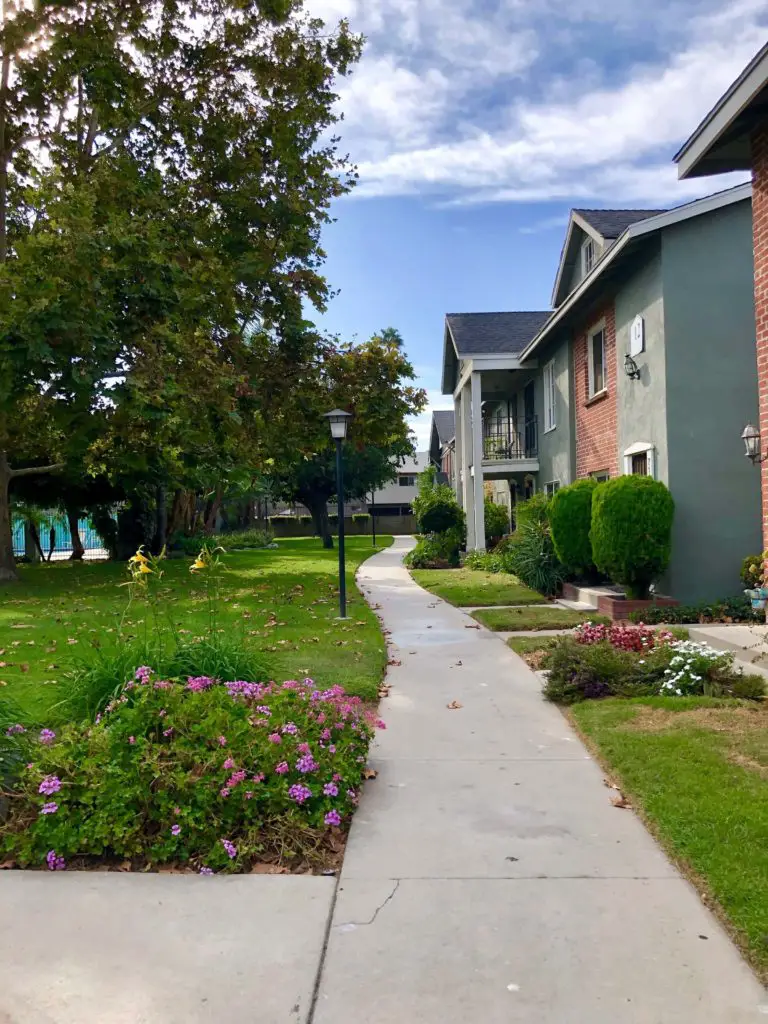
If you’ve had a Roth IRA for more than five years, you can use the funds to help offset the down payment of your home. And you will not owe any taxes or penalties for the withdrawal.
Automate Savings
Once you know how much money you want to save, it helps set up automatic transfers. Having the process automated can help you save money and prevents you from forgetting to transfer the funds each payday. Automation is one of the best budgeting tips and tricks to use.
Talk to your bank or use your banking app to create a specific savings account where you’ll put away the money you’re saving for your home.
Then set up automatic withdrawals to transfer a set amount from your banking to your savings on selected dates. You can treat these fund transfers as a monthly bill. Put it into your budget, so you are sure your savings account gets the proper funding.
Downsize or Declutter
Another quick way to save money is to downsize. There are a lot of ways to organize your household to save money. If you’re not obligated to your current residence, consider finding a smaller place that costs less so you’ll be able to save more money.
If you can’t get out of your current living commitments, you can still find ways to downsize and make some extra cash. Go through your home and get rid of all the things you don’t want.
Facebook Marketplace is a great way to sell used clothes, toys, and home decor and appliances. You can also add your wares to Craigslist, eBay, or have a yard sale.
Check out how to sell used clothes online for cash that has all the steps for selling your textiles.
Does your family have two vehicles but only one full-time driver? You can sell one of your cars for a lump sum that can raise your goal by thousands of dollars.
But it would be best if you didn’t sell your only mode of transportation to save for a home unless it’s something you rarely use and don’t actually need.
Take in a Roommate
If you have an extra room in your home or attic or have an apartment over your garage, consider renting the space to a roommate. Or if you have a lot of extra space, consider operating a bed and breakfast. Sign up for Airbnb to earn an income renting your room out per night, week, or month.
Roommates can help you reduce the amount of money you have to spend on living expenses, which gives you the chance to add more money to your savings.
Be sure you thoroughly vet everyone before you make a selection. Or a better solution is to rent to someone you know, such as a friend, family member, or coworker.
Rent Out Your Parking Space
For most people, this wouldn’t be an option. But if you live in a bustling urban or metropolitan area, you could make some cash by doing so. Visit JustPark to see if you’re applicable.
Find a Side Hustle
There are plenty of ways to make extra cash in today’s economy without having to take on a second job. If you already have a hobby that can be profitable, spend more time selling your goods and putting all the profits into your savings account.
If you don’t already have a side hustle, do some research and think of ways to make extra money. These don’t have to be repeat jobs that pay a lot. Even a few small payoffs can make a dent in your goals.
Some everyday side hustles that can help generate extra income include:
- Dog walking, dog sitting, or dog grooming
- Babysitting
- House sitting
- Tutoring
- Start a cleaning service
- Freelance (great for writers, photographers, musicians, artists, web designers)
- Catering/Cooking/Baking (cake decorators make a ton of money)
- Sewing (Homemade goods go for reasonable prices on sites like Etsy)
- Dropshipping (setting up an e-commerce site like Shopify to sell goods)
- Beta tester (visit sites like Testbirds or UserTesting)
- Drive for rideshare (Uber, Lyft)
- Pick up orders for UberEats, InstaCart, or Doordash
- Do customer service from home
- Work as a transcriptionist
- Become a virtual assistant
- Cut grass and landscape
The great thing about side hustles is you can do them on your schedule. Pick up a few shifts on your days off or when you have a few free hours. Sign up for multiple sites, so you’ve always got a source of income coming in.
Get a Second Job
If saving up money as fast as you can is extremely important, you may want to consider taking on a second job. You can find a part-time job or two that lets you work on your days off or during your off-hours.
Use all of the money you earn from this second job to chip away at your down payment. You will save money faster using this method, but it can put a strain on relationships.
Find a New Job
If you’ve been at your current place of employment for an extended period and you’re not getting good raises or a competitive wage, you may want to consider finding a new job.
Earning higher income is a good way to save money for a house fast.
Before you decide to change jobs, you may want to discuss a raise with your superiors. But depending on the economy, there may not be any wiggle room in the budget to raise your income. People wonder can passive income be used to qualify for a mortgage when they are short on their employer income.
Couples Can Live on One Income
If you and your partner both work, budget your money so that you can afford all of your bills with one income. Take the most amount possible from the second income and put it towards your savings.
An alternate technique would be to divide the bills between incomes and determine how much you can afford to save from each income.
Use the Saver’s Credit
Depending on your tax bracket, you may be able to use the saver’s credit, a tax credit applicable to low and moderate-income households with retirement savings. To qualify for this credit, you must have a retirement account such as:
- 401k
- SEP IRA
- Traditional IRA
- Roth IRA’s
- Simple IRA
- 403(b)
- 457 Plan
Some income brackets may also qualify for Earned Income Tax Credit, which reduces the taxes you owe on your income. If you make less than $52,427 a year (amount varies by tax year), you may even be able to get money back. Families with children can earn extra cashback too.
You can put a large dent in your savings by putting away a few years of tax savings.
Use Student Loans
If you or your spouse owes student loans, you may want to look into options that let you have lower monthly payments.
Federal loans often qualify for an income-based repayment plan, which calculates your monthly student loan payment based on family size and income.
Or you may be able to defer payments, which means you can get a grace period where you will not have to make any monthly payments.
Saving for a Down Payment on a House
Below are some of the most common related questions for how to save money for a house fast.
Where Should I Save My Down Payment?
Once you have gone through some of the ways to save money for a house noted above, your next step will be to determine your down payment for your house. It’s true that you’ll have to decide how much of your savings will go towards your down payment.
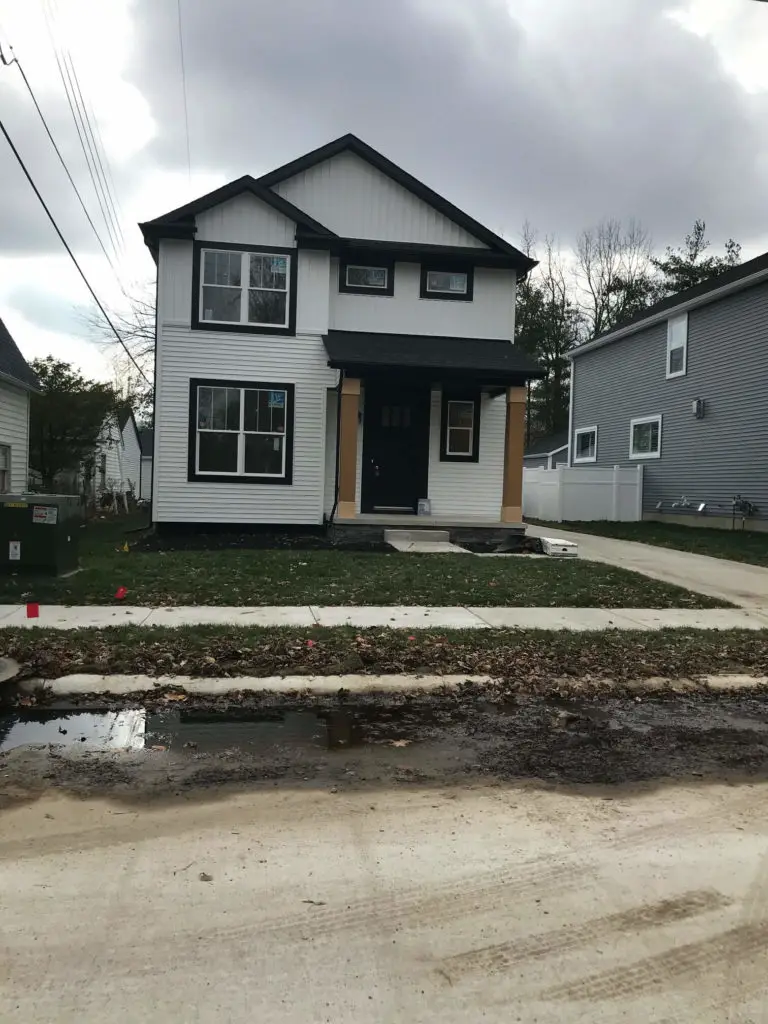
Once you have determined your down payment amount, you also need to keep this money separate so you don’t accidently spend it. The best way to prevent you from spending your down payment money is to save it separately.
You should save your down payment in a separate bank account if you plan to buy a house within the next year. You can also save your down payment money in a short term CD, such as a 3 or 6 month term CD, so you can earn a higher interest rate.
If you are unsure when you will buy a house, you can also utilize a high-yield online savings account. The advantage of using this type of savings account is that you can pull your money at any time and you won’t be charged fees or penalties.
How Much of Your Savings Should You Use for a Down Payment?
You should save anywhere from $10,500 to $60,000 for a down payment based on the cost of a $300,000 home. Those amounts are based on a down payment percentage of 3.5% to 20% for typical FHA and Conventional mortgages. If you qualify for a VA loan, you can purchase a house with no down payment necessary.
Keep in mind that you should have six months of living expenses set aside in addition to money saved for a down payment.
How to Save Money for a House in 6 Months
One of the best ways to save money for a house in 6 months is to drastically reduce your living expenses. If you are renting an apartment, consider moving in with family to reduce your housing costs. There are a lot of cheap housing options available that will allow you to save money.
If you can eliminate your current rent and live fore free with family or relatives, you can save that money for a down payment. Put that money into a savings account and in 6 months, you will have enough for a down payment.

If you are unable to move in with family or relatives, the next best option is to consider moving into a non-profit housing cooperative to save money for a house.
Additionally, avoid spending unnecessary money on non-essential items in your life. Don’t take out any new loans for things such as automobiles or consumer credit cards. There are a lot of stores where you can buy now pay later stores no credit check if you get in a pinch and need to make a purchase.
In Closing
When you’re ready to buy a home, you may have to make some serious lifestyle adjustments and follow frugal living strategies so you can start to save enough money. We’ve given you ten best ways to save money for a house fast. Incorporating these methods into your saving habits can help you get into your dream home more quickly than trying to save without a plan.
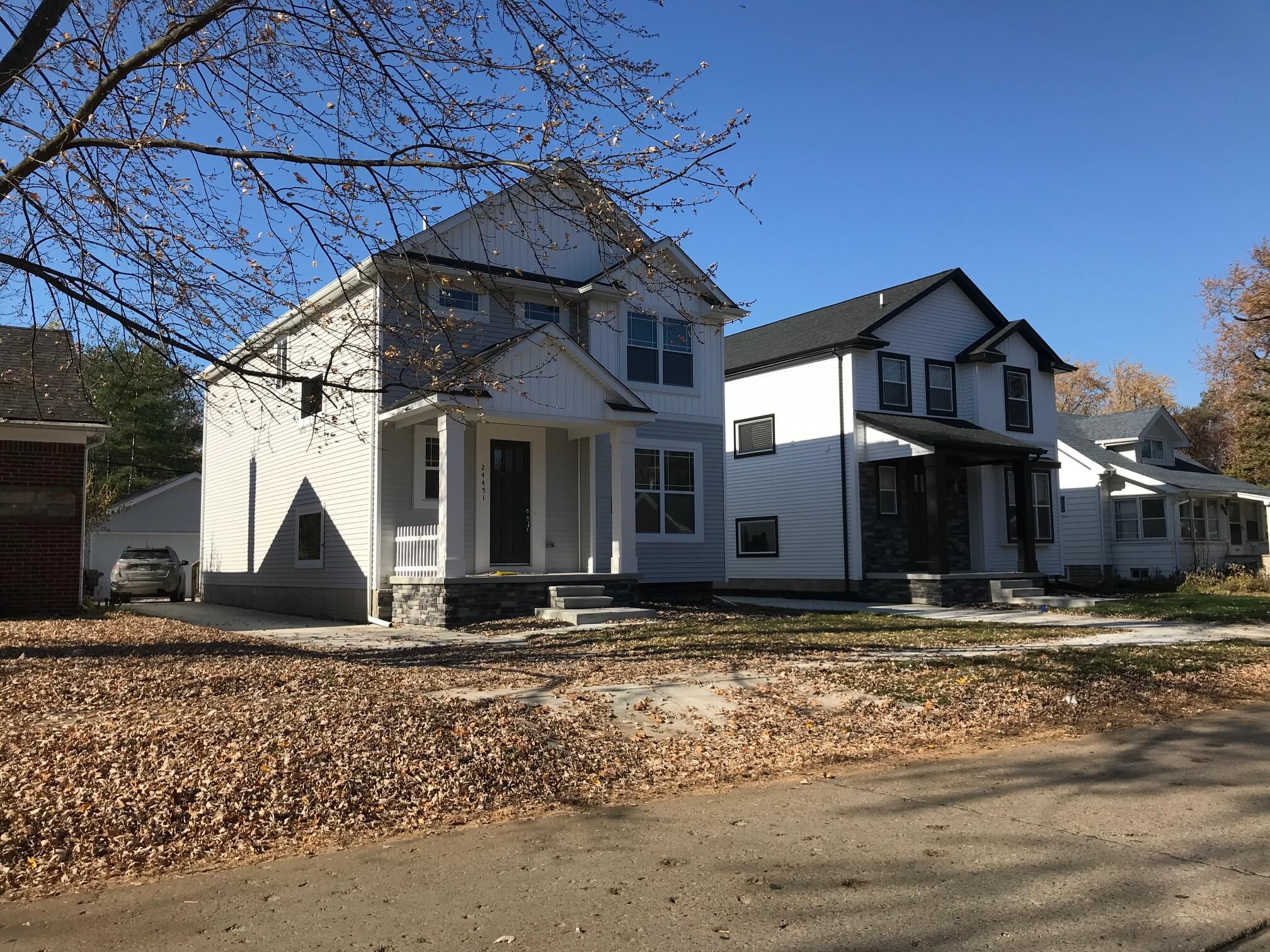

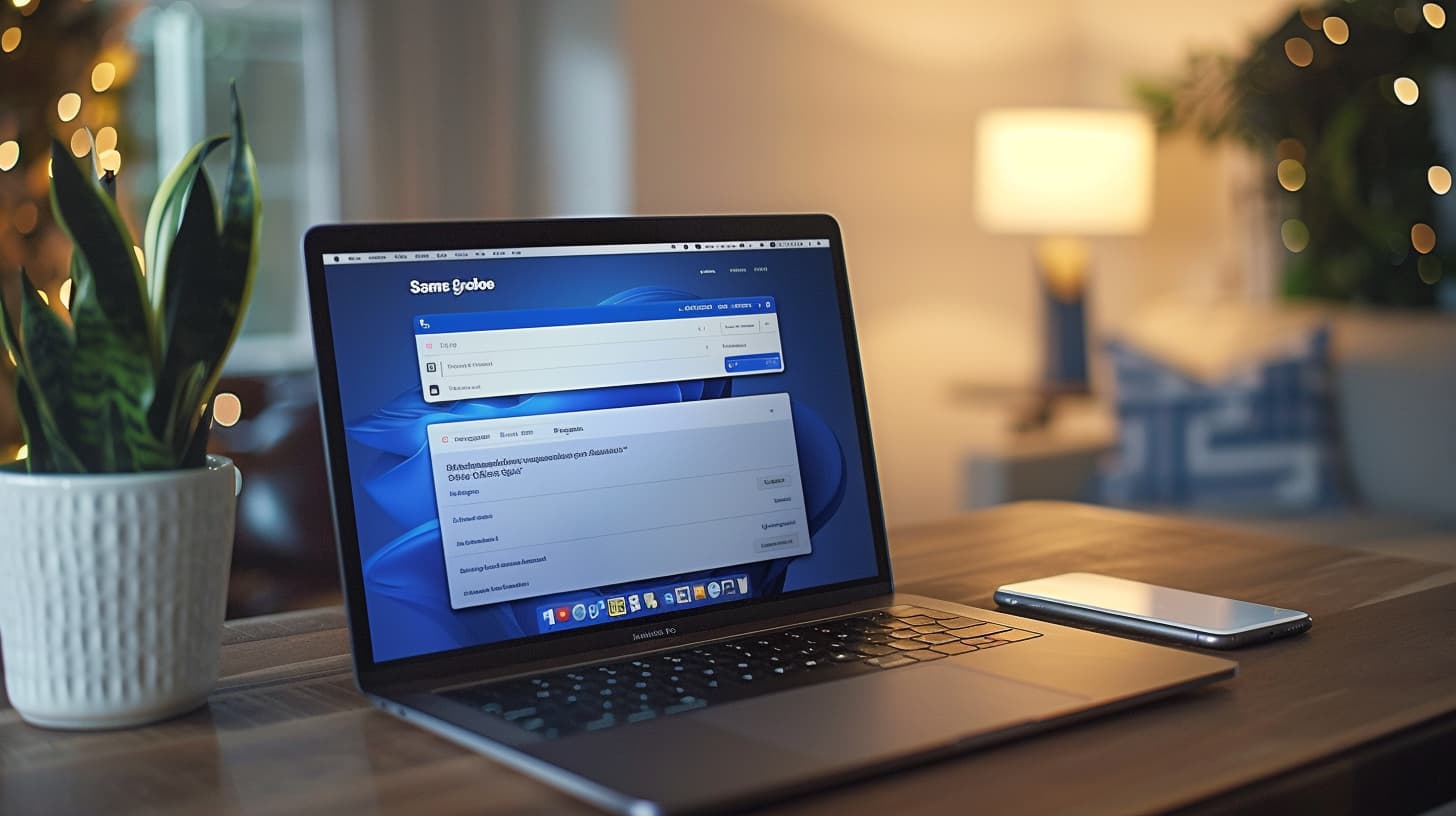

Leave a Reply